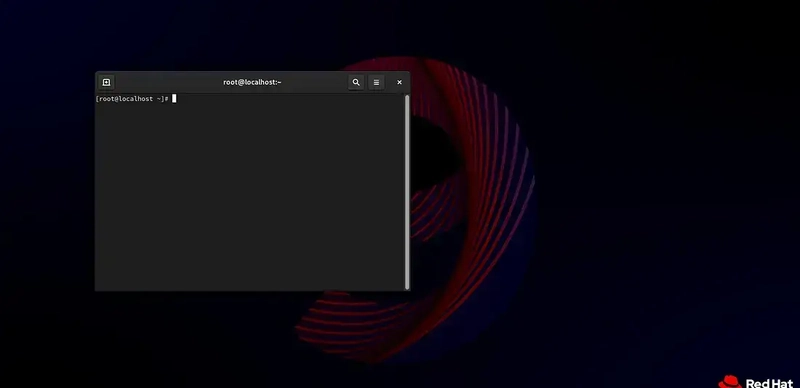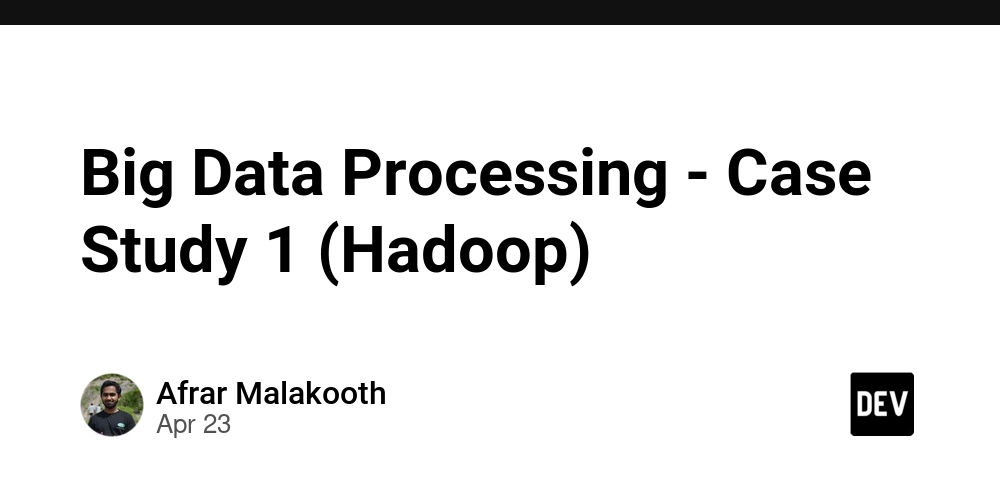How to Impute Missing Values in Polars DataFrame?
In this article, we will explore how to efficiently impute missing values in a Polars DataFrame, specifically focusing on customer ages across different years. This is a common data wrangling task in Python where having a complete dataset is crucial for accurate analysis. We will take a given DataFrame with incomplete values and transform it into a 'square' format, ensuring that each customer ID has age entries for every year. Let's dive into the problem and solve it using Polars. Understanding the Problem You may have encountered a situation where your DataFrame contains incomplete values. For example, consider the following Polars DataFrame, which comprises customer IDs, years, and corresponding ages: import polars as pl df = pl.DataFrame({ "cust_id": [1, 2 ,2, 2, 3, 3], "year": [2000, 1999, 2000, 2001, 1999, 2001], "cust_age": [21, 31, 32, 33, 44, 46] }) print(df) This DataFrame has missing age entries for specific years. Our goal is to create a DataFrame where each cust_id has an entry for each year in a rectangular format, with missing ages filled in appropriately as well. Essential Steps to Impute Missing Values Step 1: Generate a Complete DataFrame The first step in our solution is to generate a complete DataFrame that lists each customer ID for every year. To achieve this, we will create a combination of unique customer IDs and years: unique_years = df['year'].unique() # Unique years unique_cust_ids = df['cust_id'].unique() # Unique customer IDs # Create a complete combination of customer IDs and years complete_df = pl.DataFrame({ "cust_id": unique_cust_ids, "year": unique_years }).explode("year") # Create every combination print(complete_df) Step 2: Merge with Original DataFrame Once we have a complete DataFrame, we can perform a left join with the original DataFrame. This will allow us to combine the complete structure with existing ages: imputed_df = complete_df.join(df, on=["cust_id", "year"], how="left") print(imputed_df) Step 3: Fill Missing Ages Appropriately The next step involves filling the missing age entries. You can do this based on previous or next values based on your business logic. For this example, let’s say we fill the missing values by shifting: # Sort by cust_id and year to ensure ages are in sequence imputed_df = imputed_df.sort(by=["cust_id", "year"]) # Forward fill missing customer ages imputed_df = imputed_df.with_columns( pl.when(pl.col("cust_age").is_null()) .then(pl.shift(pl.col("cust_age"))) .otherwise(pl.col("cust_age")) .alias("cust_age") ) print(imputed_df) Step 4: Clean Up and Present the DataFrame Lastly, after filling the missing values, we might want to ensure our DataFrame is clean and formatted correctly: final_df = imputed_df.drop_nulls().sort(by=["cust_id", "year"]) print(final_df) At this point, we should have a complete DataFrame that meets the requirements mentioned in the question: # Expected Output final_df = pl.DataFrame({ "cust_id": [1, 1, 1, 2, 2, 2, 3, 3, 3], "year": [1999, 2000, 2001, 1999, 2000, 2001, 1999, 2000, 2001], "cust_age": [20, 21, 22, 31, 32, 33, 44, 45, 46] }) print(final_df) Frequently Asked Questions How does forward filling work in Polars? Forward filling in Polars is similar to filling missing values in other libraries. It allows you to effectively use the known values to infer missing data based on prior entries. Can I use backward filling instead? Yes, Polars also supports backward filling, allowing you to impute values from subsequent entries if desired. Is this method efficient for large DataFrames? Yes, Polars is optimized for performance, making it suitable for handling large datasets efficiently during these operations. By following these steps, you can effectively transform and impute missing values in your Polars DataFrame, ensuring that your dataset is ready for analysis. This method is not only quick and idiomatic but also aligns well with the principles of data manipulation in Python, making it a valuable technique for data scientists and analysts alike.

In this article, we will explore how to efficiently impute missing values in a Polars DataFrame, specifically focusing on customer ages across different years. This is a common data wrangling task in Python where having a complete dataset is crucial for accurate analysis. We will take a given DataFrame with incomplete values and transform it into a 'square' format, ensuring that each customer ID has age entries for every year. Let's dive into the problem and solve it using Polars.
Understanding the Problem
You may have encountered a situation where your DataFrame contains incomplete values. For example, consider the following Polars DataFrame, which comprises customer IDs, years, and corresponding ages:
import polars as pl
df = pl.DataFrame({
"cust_id": [1, 2 ,2, 2, 3, 3],
"year": [2000, 1999, 2000, 2001, 1999, 2001],
"cust_age": [21, 31, 32, 33, 44, 46]
})
print(df)
This DataFrame has missing age entries for specific years. Our goal is to create a DataFrame where each cust_id has an entry for each year in a rectangular format, with missing ages filled in appropriately as well.
Essential Steps to Impute Missing Values
Step 1: Generate a Complete DataFrame
The first step in our solution is to generate a complete DataFrame that lists each customer ID for every year. To achieve this, we will create a combination of unique customer IDs and years:
unique_years = df['year'].unique() # Unique years
unique_cust_ids = df['cust_id'].unique() # Unique customer IDs
# Create a complete combination of customer IDs and years
complete_df = pl.DataFrame({
"cust_id": unique_cust_ids,
"year": unique_years
}).explode("year") # Create every combination
print(complete_df)
Step 2: Merge with Original DataFrame
Once we have a complete DataFrame, we can perform a left join with the original DataFrame. This will allow us to combine the complete structure with existing ages:
imputed_df = complete_df.join(df, on=["cust_id", "year"], how="left")
print(imputed_df)
Step 3: Fill Missing Ages Appropriately
The next step involves filling the missing age entries. You can do this based on previous or next values based on your business logic. For this example, let’s say we fill the missing values by shifting:
# Sort by cust_id and year to ensure ages are in sequence
imputed_df = imputed_df.sort(by=["cust_id", "year"])
# Forward fill missing customer ages
imputed_df = imputed_df.with_columns(
pl.when(pl.col("cust_age").is_null())
.then(pl.shift(pl.col("cust_age")))
.otherwise(pl.col("cust_age"))
.alias("cust_age")
)
print(imputed_df)
Step 4: Clean Up and Present the DataFrame
Lastly, after filling the missing values, we might want to ensure our DataFrame is clean and formatted correctly:
final_df = imputed_df.drop_nulls().sort(by=["cust_id", "year"])
print(final_df)
At this point, we should have a complete DataFrame that meets the requirements mentioned in the question:
# Expected Output
final_df = pl.DataFrame({
"cust_id": [1, 1, 1, 2, 2, 2, 3, 3, 3],
"year": [1999, 2000, 2001, 1999, 2000, 2001, 1999, 2000, 2001],
"cust_age": [20, 21, 22, 31, 32, 33, 44, 45, 46]
})
print(final_df)
Frequently Asked Questions
How does forward filling work in Polars?
Forward filling in Polars is similar to filling missing values in other libraries. It allows you to effectively use the known values to infer missing data based on prior entries.
Can I use backward filling instead?
Yes, Polars also supports backward filling, allowing you to impute values from subsequent entries if desired.
Is this method efficient for large DataFrames?
Yes, Polars is optimized for performance, making it suitable for handling large datasets efficiently during these operations.
By following these steps, you can effectively transform and impute missing values in your Polars DataFrame, ensuring that your dataset is ready for analysis. This method is not only quick and idiomatic but also aligns well with the principles of data manipulation in Python, making it a valuable technique for data scientists and analysts alike.


















_Aleksey_Funtap_Alamy.jpg?width=1280&auto=webp&quality=80&disable=upscale#)

















































![Day 153/365 [Learning Full Stack]](https://media2.dev.to/dynamic/image/width=800%2Cheight=%2Cfit=scale-down%2Cgravity=auto%2Cformat=auto/https%3A%2F%2Fdev-to-uploads.s3.amazonaws.com%2Fuploads%2Farticles%2F8nbi1z0fon7j6nu7dt0b.png)




